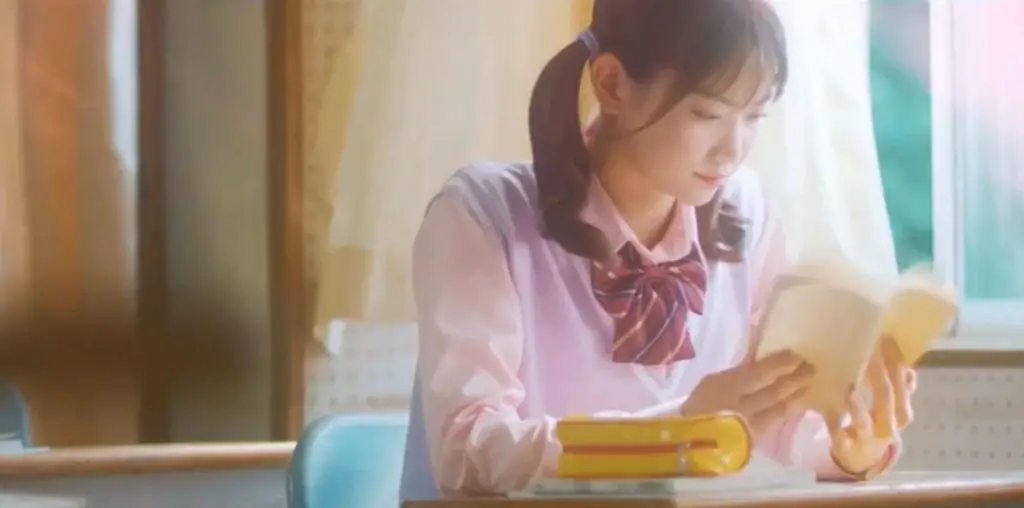
Am I the only one who’s always thought Steven Spielberg’s waddling, wide-eyed alien looks like what you might wind up with if you snuck into Madame Tussauds museum and set fire to the wax likeness of Ernest Borgnine? I mean really, is there a character in the history of family cinema as beloved but, at the same time, as obviously molded out of plastic and manipulated offscreen by cable wranglers? There are rubbery martians in low budget 60’s sci fi pictures more lifelike than this latex troll.
So, I can see why the director might welcome an excuse to smooth out some of the film’s rough edges now that suitable computer technology is commonplace. Not that there doesn’t seem to be something a bit dubious about this trend of releasing cleaned up, slightly tweaked new versions of classic films. George Lucas is worth more than five billion. Spielberg’s not signing up for food stamps anytime soon. I can only get so warm and fuzzy over the idea of them squeezing bonus millions out of movies they made decades ago.
And “slightly tweaked” is about the size of it in the case of the anniversary E.T. CGIs have been used to add more realistic texture and expressiveness to the space creature’s face in a handful of spots. Two previously deleted scenes have been restored. Neither adds anything to the story and one, in fact, inserts information that’s inconsistent with what happens in the scene which follows it. Other than that, the changes are decidedly minor and unlikely to be detected by viewers who don’t know what to look for.
The story itself holds up fairly well though, twenty years later, does come off as thinner than I recalled. I noticed loose ends I missed before too (why do E.T.’s buddies wait to be asked before coming back for him? What brings him back to life at the end — the fact that they’re finally returning for him and he can sense their approach or is it Henry Thomas’ declaration of love?).
There are irresistible moments early on when the boy tries to hide his new friend from his mother, six year-old Drew Barrymore’s comic timing is impeccable and the final scene still tugs at the heart. Children are sure to be touched and entertained. Those of us who sat through the film twenty years ago will probably check our watches far more often than we did the first time, however. Digital imaging isn’t the only thing Spielberg’s fantasy predates. It also belongs to the old school of children’s films which, in contrast to today’s breed, really was calibrated almost exclusively to younger sensibilities. Anyone over twenty-one expecting the multigenerational appeal of “Toy Story,” “Monsters, Inc.” or “Shrek” is likely to be disappointed.
At least until the film’s 25th or 30th anniversary rolls around. Maybe Spielberg will throw some of that in too the next time he trots this out.
